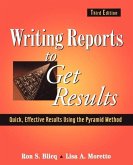
Broschiertes Buch
Quick, Effective Results Using the Pyramid Method
3. Aufl.
6. September 2001
IEEE Press / Wiley & Sons
| eBook, PDF | 79,99 € |

Ähnliche Artikel
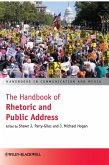
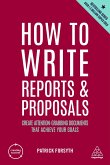
Gebundenes Buch
Create Attention-Grabbing Documents That Achieve Your Goals
6th edition
26. Juli 2022
Kogan Page

Broschiertes Buch
Tools und Techniken für Pläne, Berichte, Bücher und Projekte
9. Aufl.
September 2012
BusinessVillage
PB-897

Broschiertes Buch
8., überarb. Aufl.
3. Februar 2017
Cambridge University Press
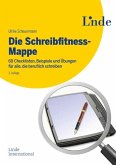
Broschiertes Buch
60 Checklisten, Beispiele und Übungen für alle, die beruflich schreiben
3. Aufl.
21. September 2022
Linde, Wien

Gebundenes Buch
Praxisratgeber: So können Promovierende der Ingenieurswissenschaften ihre Dissertation und persönlichen Ziele auf clevere Art realisieren
13. Juni 2022
tredition

Broschiertes Buch
Praxisratgeber: So können Promovierende der Ingenieurswissenschaften ihre Dissertation und persönlichen Ziele auf clevere Art realisieren
13. Juni 2022
tredition
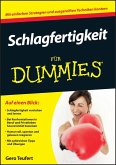
Broschiertes Buch
1. Auflage
22. April 2015
Wiley-VCH / Wiley-VCH Dummies
1170793 000
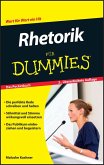
Broschiertes Buch
2., überarb. Aufl.
21. Januar 2015
Wiley-VCH Dummies
1171165 000
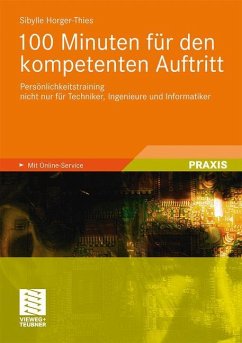
Broschiertes Buch
Persönlichkeitstraining nicht nur für Techniker, Ingenieure und Informatiker
2011
13. April 2011
Vieweg+Teubner / Vieweg+Teubner Verlag
85046090,978-3-8348-1538-5
Ähnlichkeitssuche: Fact®Finder von OMIKRON
